Without question, American Toads (Bufo americanus) have taken the lead in the chorus of amphibian songsters. Peepers, chorus frogs and Pickerel Frogs have nearly completed their seasonal breeding and are now less frequently heard or seen.
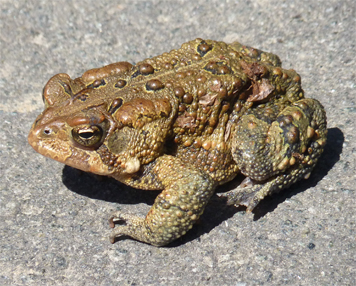
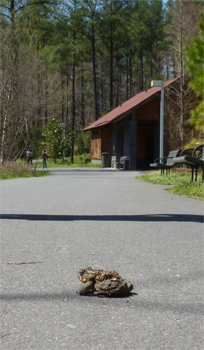
The toads began to move down into the Wetlands in numbers during the last week in March, crossing the pavement and massing on the north side of the water amongst the willows and rushes.
Once the toads reach the water the males find a prominent perch from which to call out to the rest of the toad world proclaiming their availability.
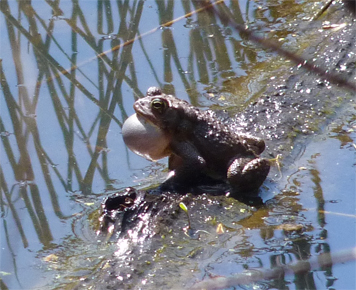
Many students, here at the Museum on field trips or spring break, were able to get very close looks at the toads.
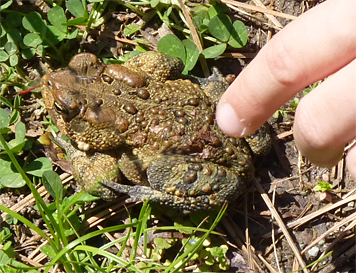
The toads had also put on a show in the Black Bear Exhibit, calling and mating in the pool just below the main Black Bear Overlook.
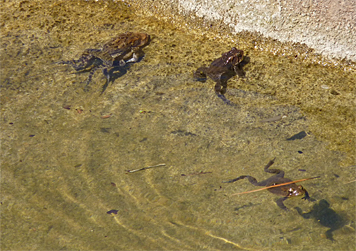
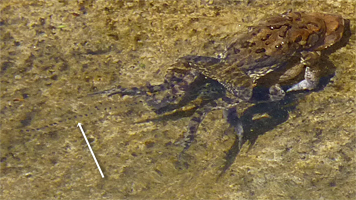
Northern Cricket Frogs (Acris crepitans) are also on the scene. I’d been seeing a few of these tiny frogs throughout March, but their numbers have increased considerably this past week. I even heard a few making their “click, click, click” call yesterday afternoon (4/1) as I stood on the boardwalk searching for their extremely well camouflaged forms in the mud alongside the Wetlands.
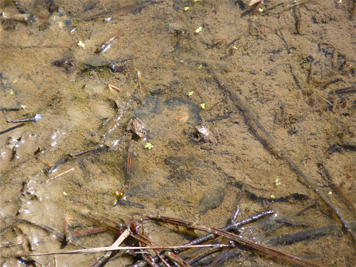
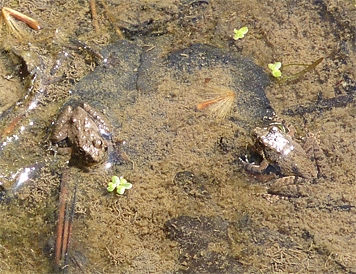
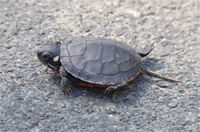
Turtles? Yes, turtles have made the news this week too. Besides all of the adult and immature turtles out basking on rocks and logs in the Wetlands, there were hatchlings making their way to the water for the first time.
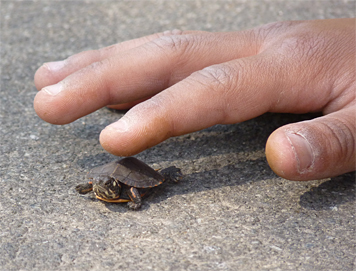
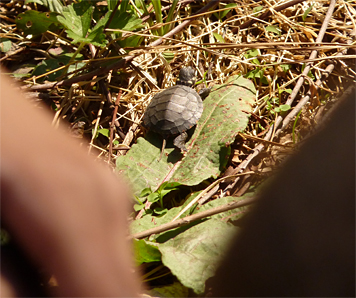
School children were thrilled by the turtle’s ability to seek out and navigate to the water after having just hatched.
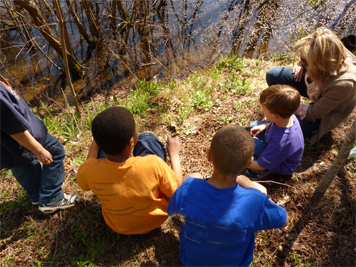
And finally, a Black Racer (Coluber constrictor) captivated many onlookers as it crawled through the low branches of the willows in the Wetlands, swam through the water (sending bullfrogs airborne), and finally crossed over the path.

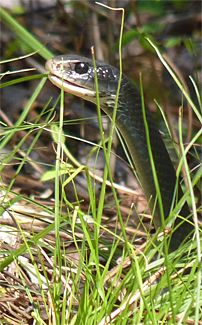
Onlookers had to be held back so that the snake could make its way across the pavement and into the swamp next to the Black Bear Enclosure.
Hesitant to cross with the twenty some onlookers watching, the snake finally made its way across after some five minutes of, what seemd to be, serious consideration.

I can’t wait to see what turns up next!
[…] Many more details and much better pics over at Ranger Greg’s Blog… […]